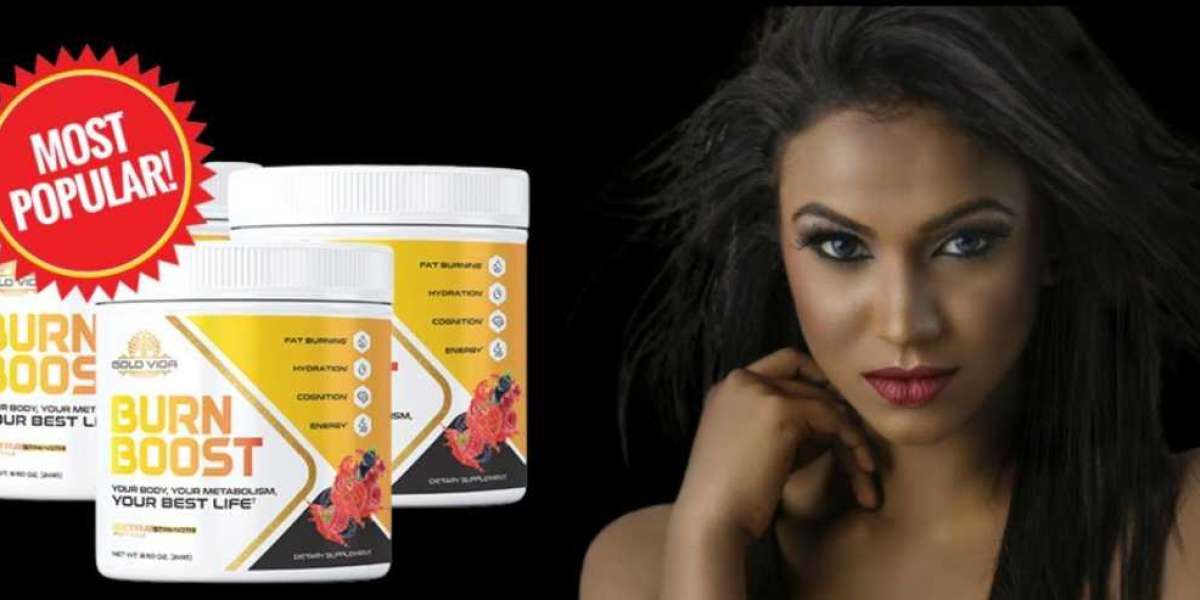In the ever-evolving world of real estate web development, creating a visually stunning and user-friendly website is paramount. However, it's equally important to prioritize accessibility, ensuring that your website can be used by everyone, regardless of their abilities or disabilities. In this article, we'll delve into the key accessibility considerations in real estate website design, emphasizing the importance of inclusivity for all users.
1. Alt Text for Images
One of the fundamental principles of web accessibility is providing alternative text for images. In real estate websites, images are crucial for showcasing properties. Ensure that each image has descriptive alt text, allowing users with visual impairments to understand the content and purpose of the image.
2. Keyboard Navigation
Many users rely on keyboards rather than mice to navigate websites. Make sure that all interactive elements on your real estate website, such as search bars and property listings, are fully accessible via keyboard commands. This will enhance the user experience for those who cannot use a traditional mouse.
3. Clear and Consistent Navigation
A clean and consistent navigation structure is essential for all users, including those with cognitive disabilities. Use descriptive labels for navigation links and maintain a logical order to help users easily find what they're looking for. Consider adding skip navigation links to allow users to bypass repetitive content and go directly to the main content area.
4. Responsive Design
Responsive design is a must for any real estate website. It ensures that your site adapts seamlessly to various screen sizes and devices. This is particularly important for users who rely on mobile devices or screen readers. A responsive design ensures that your site's content is easily accessible on any device.
5. Contrast and Font Size
Good contrast between text and background is crucial for users with low vision or color blindness. Ensure that text has sufficient contrast and is easily readable. Additionally, provide options for users to adjust font sizes according to their preferences.
6. Video and Audio Content
If your real estate website includes video or audio content, provide captions and transcripts. This makes your multimedia content accessible to users with hearing impairments or those who prefer to read the content.
7. Forms and Input Fields
Forms are common on real estate websites for inquiries, bookings, or contact. Ensure that all form fields have clear labels and instructions. Implement error messages that are easy to understand and provide suggestions for correction.
8. Testing with Assistive Technologies
Regularly test your real estate website with assistive technologies such as screen readers to identify and address accessibility issues. This proactive approach ensures that your site remains user-friendly for all visitors.
9. Compliance with Web Content Accessibility Guidelines (WCAG)
Familiarize yourself with the WCAG guidelines, which provide a comprehensive framework for web accessibility. Strive to meet at least the minimum Level AA standards, but aim for Level AAA compliance for a more inclusive experience.
In conclusion, accessibility considerations should be an integral part of real estate web development. By making your website accessible to everyone, you not only expand your potential audience but also demonstrate a commitment to inclusivity and user-centered design. Prioritizing accessibility is not just a legal requirement in many regions, but it's also a step toward creating a more equitable online environment for all users.








